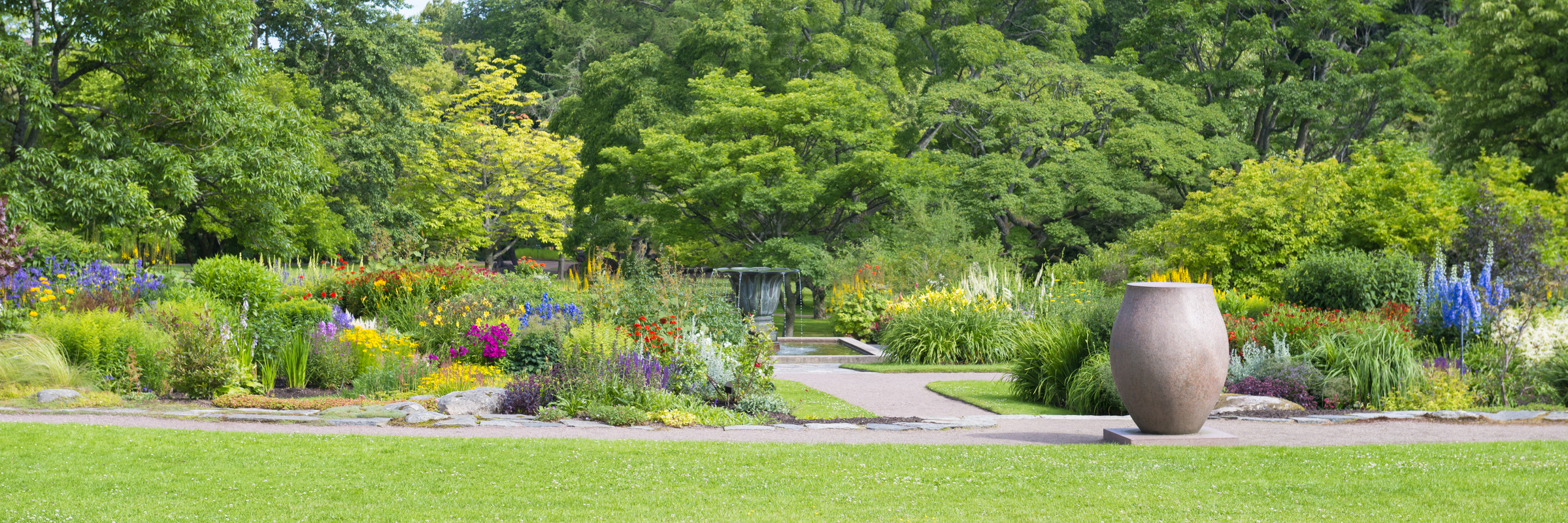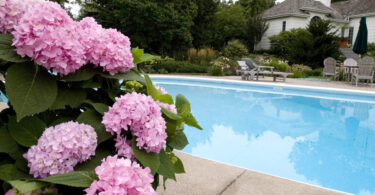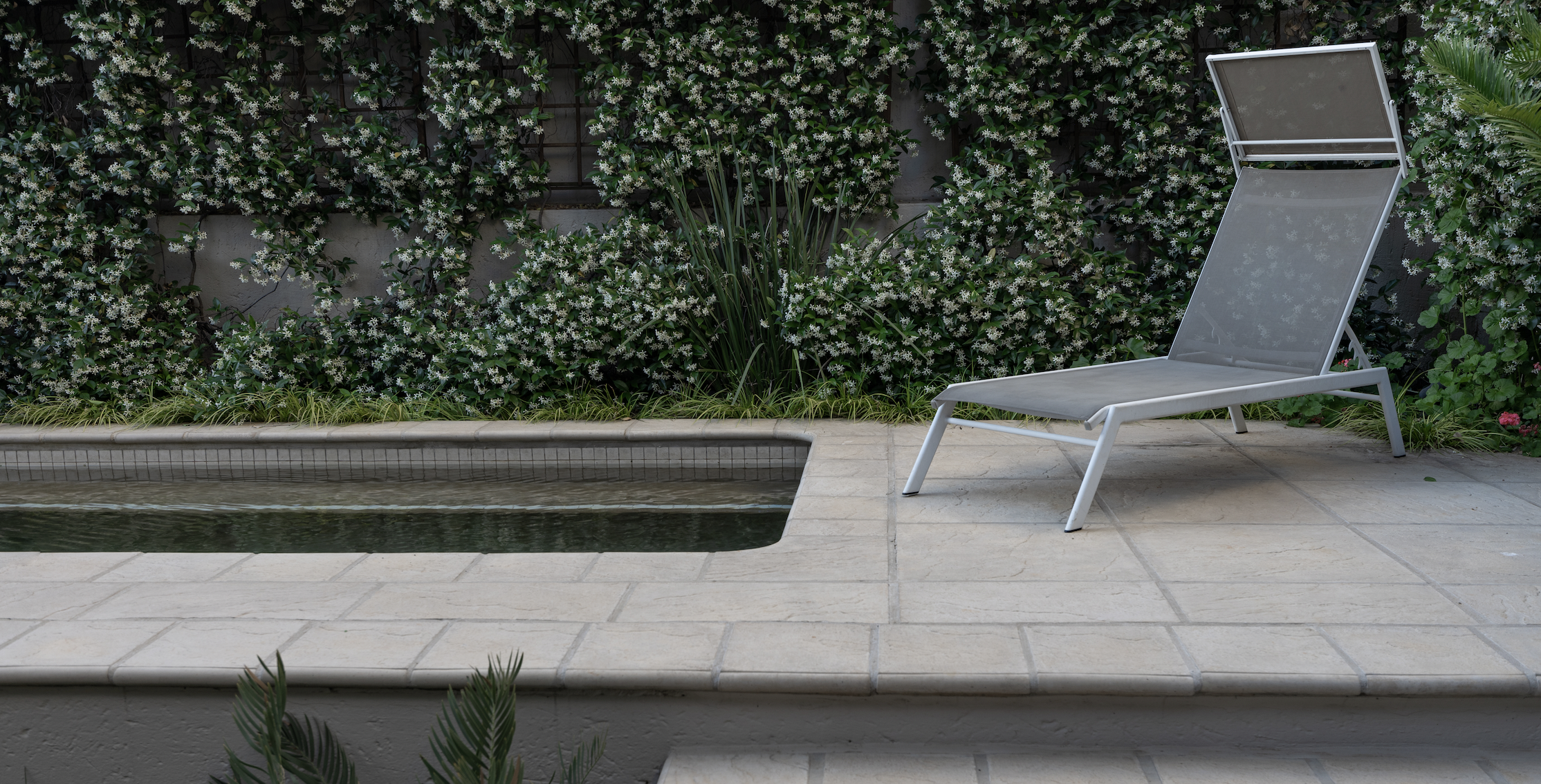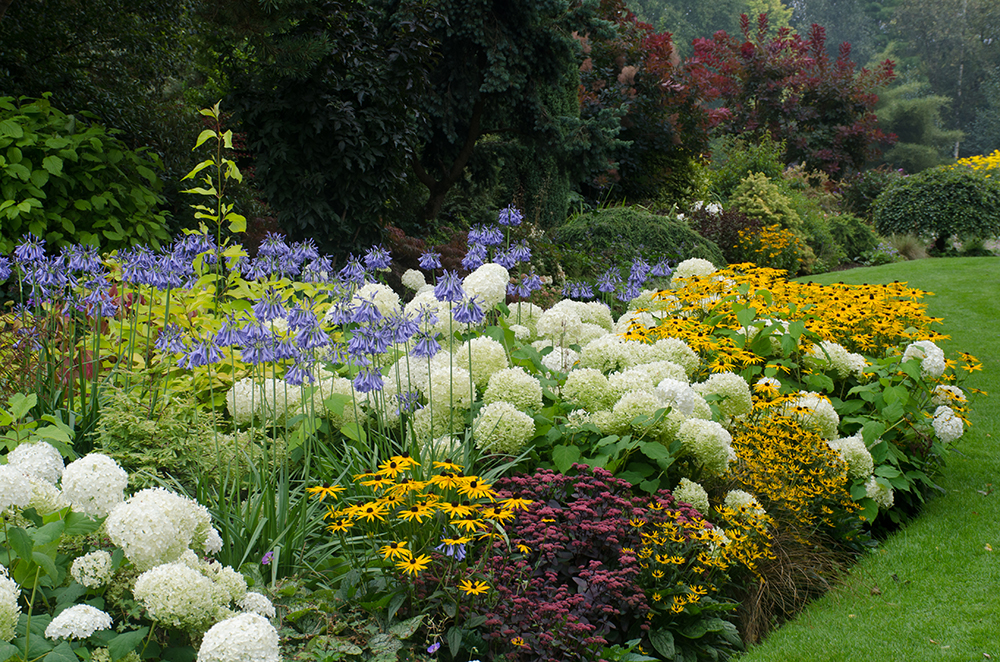Conserving water doesn’t mean you have to live with a dry and neglected garden. Xeriscaping could be the answer!
Derived from the Greek xeros meaning ‘dry,’ the term literally means ‘dry landscape’ – and it’s used to describe landscaping methods that are aimed at reducing irrigation needs, maximising the use of natural precipitation and drought-resistant planting. If anything, xeriscaping is also an effective way of saving both time and money. Here’s how it’s done…
First, improve your soil – The ideal soil in a water-conserving landscape drains quickly, but also stores water at the same time. Sandy soils are porous and allow water to drain away too quickly, while clay soils have small particles that bind together so moisture can’t be absorbed properly. Your ideal soil type contains plenty of organic matter that acts like a sponge, holding onto water but then also releasing it as needed.
Mulch it – Use mulch in your garden to keep the ground moist underneath your plants. Mulch also helps to reduce run-off and evaporation. Organic mulches include shredded bark, compost, rotted manure, pine needles, leaves, grass clippings and even newspaper. These all help to add an extra dose of organic matter to the garden. To be truly effective, your mulch layer needs to be quite thick and there should be no areas of bare soil.
Choose hardy plants – Do some research before adding plants to your water-wise landscape. Look for species that are naturally drought-tolerant, such as succulents, indigenous shrubs and trees, and ornamental grasses. In general, these plants have leaves which are small, thick, glossy, silver-grey or fuzzy (all characteristics which help them to conserve water). Even some herbs, such as thyme, rosemary, lavender and oregano, thrive in dry conditions. Don’t waste water on unhealthy plants either; rather remove or replace them. And control water-stealing weeds.
Catch the water – Prevent rain water from running into the street or down the driveway by capturing the run-off and directing it into strategically-placed garden beds or a water tank instead. Create water basins around trees and shrubs and prune away any unnecessary lower branches and leaves from trees (fewer leaves equate to less moisture loss and this lowers the tree’s water requirements). A more permeable walkway, such as gravel, offers another solution to prevent water run-off, as it can absorb some of the water (which non-permeable concrete or pavers can’t do). Choose your plant containers carefully too, as different materials heat up quickly (like metal) or lose moisture because they are porous (like clay). Rocks, gradually ‘stepping down’ a bed, can help direct water to plants, while raised garden beds hold soil and moisture better than sloping ground.
Use less lawn – A patio or braai area is perhaps the most low-maintenance and water-friendly option for replacing lawn. As is using gravel and pavers, where you can play with texture, size and colour to suit the landscape. Or replace grass with low-maintenance, drought-tolerant plants or even ‘faux’ lawn. You can also convert part of your lawn to ornamental grasses and groundcovers. The great benefit of a groundcover is that it provides full coverage, yet doesn’t grow tall enough to require mowing and other maintenance. Plus it stops erosion on sloping areas, as the plants’ dense root systems form a sponge-like layer beneath the soil that absorbs excess rainfall or irrigation.
Provide cover – Whether it’s a pergola or the sloping lines of a shade sail, shade is a necessary element in the battle against water loss. Plants lose a lot of moisture from evaporation on hot days.










Leave a Comment